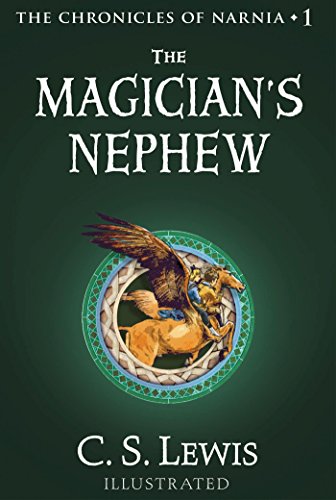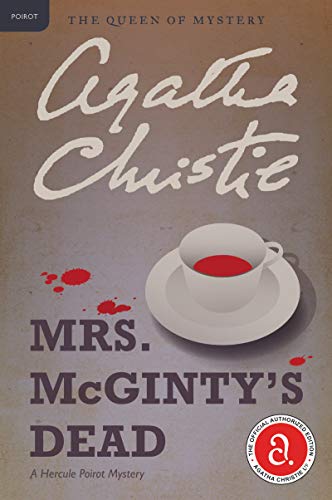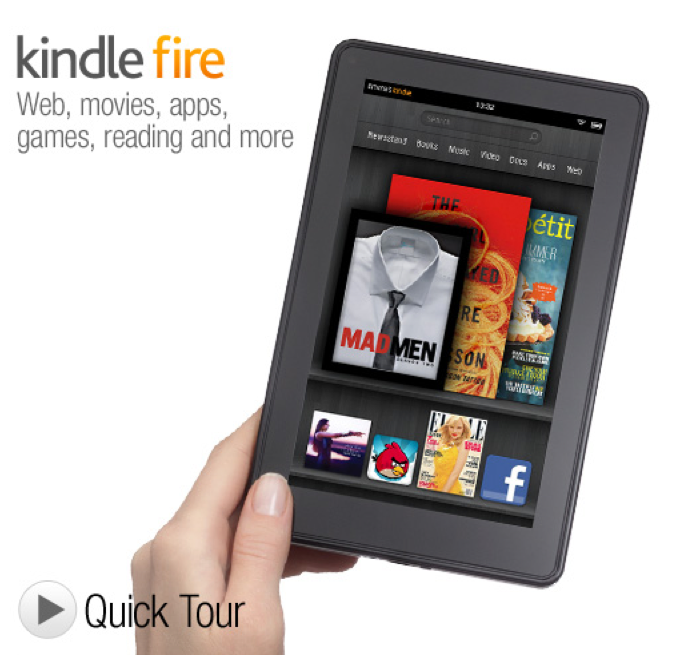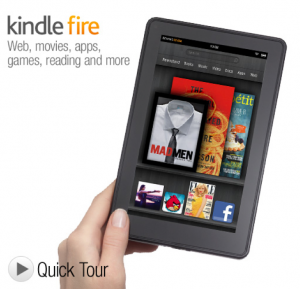By Steve Windwalker
September 28, 2011
Click here to pre-order your Kindle Fire
Amazon has just announced that, at long last, its Kindle tablet — the Kindle Fire — is now available for pre-order. You can place your pre-order right here, right now to have it shipped starting November 15 for a price of just $199.
How’s this for a value proposition? Amazon announced 4 new Kindle models today, and you can buy all four of them for less than the cost of a 32GB wi-fi only iPad.
Here’s the rest of the story on the new device:
- What is the new Kindle tablet called? The Kindle Fire.
- How much does the Kindle Fire cost? $199
- When is the Kindle Fire available for pre-order? Right now.
- When will the Kindle Fire ship? Starting November 15.
- Will it sell out before Christmas? We won’t be surprised if it sells out this week, but if that happens it should be available again within a few weeks.
- How should one balance one’s reservations about buying version 1.0 of the Kindle Fire with the fear that one may be left behind if it goes out of stock. Amazon’s no-hassle, no-questions-asked 30-day return policy makes this a no-brainer. Grab it, test-drive it, and make your decision at the 25-day mark, two weeks before Christmas. We’ll be very surprised if you don’t want to keep it, but if you don’t want it and Amazon does sell out, you might even end up being able to decide whether to return it to Amazon or to sell it for a profit on eBay.
- Is the tablet the only product that is being announced with this event? No, Amazon also announced a $139 e-Ink Kindle Touch with a touch screen (just $99 with special offers) and a $79 base model e-Ink Kindle. These all ship at various points in November and are available for pre-order today.
- How large is the Kindle Fire display? 7 inches on the diagonal, and yes, it is color and backlit with capacitative touch.
- How much does the Kindle Fire weigh? 14.6 ounces.
- What’s the battery life? It’s be a little hard to get a handle on this given the different effects on battery life of reading, listening to music, watching streaming video, websurfing, and other uses, but if you are going to get full enjoyment from the Kindle Fire you’ll probably find yourself charging the battery at least as often as you charge your cellphone.
- Does it come with 3G? No, but we won’t be surprised to see a 3G or 4G option in 2012.
- If Amazon is selling a tablet for $199, a touch Kindle for $99, and a base model Kindle for $79, how can it possibly make a profit? Covers, content, e-commerce, and special offers sponsorships.
- As a content delivery system, what are the Kindle Fire’s areas of strength? The Kindle Fire will allow seamless, wireless delivery from the cloud of Kindle books and periodicals, Amazon MP3 music files, Audible.com books, streaming movies and television programs with Amazon Prime Instant Video, and a wide range of Android-compatible Apps available from Amazon’s own AppStore for Android.
- What about YouTube, email, VOiP, Angry Birds, Facebook, Twitter, texting, web browsing, word processing, spreadsheets, presentations, blog posting, gaming, Groupon, LivingSocial, Woot, Windowshop, Amazon Mobile, Amazon Local, Amazon Fresh, and everything else you’ll ever want to do on the Kindle Fire? In just about every case, there’s an app for that.
- Is the Kindle Fire essentially a closed environment controlled by its manufacturer, like the iPad and the Nook? Essentially yes, but operationally it may be far more open than those competitors, given selection and pricing in Amazon’s content platforms, the growing scale of Amazon’s AppStore for Android and the easy access that content providers have to platforms such as Kindle Digital Publishing and, ultimately, Amazon’s MP3 and video platforms.
- What’s the unlikeliest word that we can expect to hear repeated by Jeff Bezos and his minions as they describe the Kindle Fire in the next few days? Best guess: “Sofa.” As in shopping on the sofa, reading on the sofa, watching movies on the sofa, etc. This is probably not a good thing for the future of laptops, notebooks, netbooks, and even some other tablets.
- What special “value proposition” features might be bundled with the Kindle Fire to entice buyers. Best guess: free or cheap Amazon Prime, a $79 a year value that would underline importance of the Kindle Fire as the sofa shopper’s favorite gadget.
- So which is it, a content delivery device or a sofa shopping portal? Both, but if the Kindle Fire’s primary uses list too much away from ebooks and toward shopping, a nice countervailing value proposition would involve the offering of some form of a Netflix-type bundling of free ebooks to steer folks toward reading.
But here’s the bottom line for the Kindle Fire:
There is an understandable tendency, when new products like the Kindle, the iPad, and the Kindle Fire are launched, for many of us to focus too narrowly at first on hardware specs and feature sets. It is important to remember that it wasn’t only hardware features that set the Kindle Revolution aflame, it was Amazon’s remarkable edge in each of the 4 C’s of customer base, catalog, convenience and connectivity. The Kindle capitalized dramatically on each of those unfair edges, and so will the Kindle Fire.
No single competitor can touch Amazon in more than one of these areas.




















